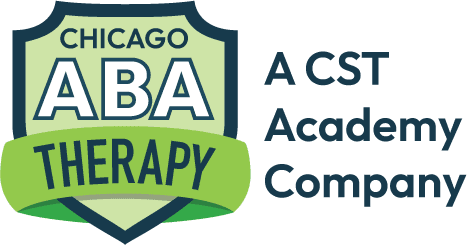Yoga, an ancient practice known for its holistic benefits, has transcended its traditional realms to become a valuable tool in therapeutic settings, including Pediatric Applied Behavior Analysis (ABA) therapy. Integrating yoga into ABA therapy for children with Autism Spectrum Disorder (ASD) can enhance the therapeutic experience, promoting not only physical wellness but also emotional and behavioral regulation. This article explores how yoga can be effectively utilized in pediatric ABA therapy to support the multifaceted development of children with ASD.
Understanding Pediatric ABA Therapy
Applied Behavior Analysis (ABA) therapy is a widely recognized and scientifically validated approach used to improve social, communication, and learning skills through positive reinforcement. Primarily used in treating individuals with autism, ABA focuses on reducing problematic behaviors and enhancing skill development in a structured manner.
The Role of Yoga in Pediatric ABA Therapy
Yoga can be seamlessly integrated into pediatric ABA therapy programs to provide a holistic approach to the development of children with autism. Here’s how yoga can be beneficial:
- Enhancing Focus and Concentration: Yoga requires concentration on poses and breathing techniques, which can help improve the attention span of children with ASD. This increased focus can positively impact their ability to concentrate on other therapeutic activities within ABA sessions.
- Improving Sensory Integration: Many children with ASD have sensory integration issues. Yoga poses and the controlled environment in which yoga is practiced can provide a soothing sensory experience, helping to normalize sensory perceptions and reactions.
- Promoting Physical Health: Yoga improves flexibility, muscle tone, and coordination. Regular practice of yoga can help address common physical challenges faced by children with ASD, such as motor clumsiness or poor body awareness.
- Reducing Anxiety and Stress: The calming effect of yoga, driven by deep breathing and mindful practices, can be extremely beneficial for children with ASD, who often experience high levels of anxiety and stress. This relaxation can reduce instances of meltdowns and aggressive behaviors.
- Building Routine and Structure: Incorporating yoga into daily therapy sessions can help in establishing a routine, which is often comforting to children with ASD. The predictability of a yoga routine can provide a sense of security and help ease transitions between different activities.
- Encouraging Social Interaction: Group yoga sessions can be a safe space for social interaction among children with ASD. Practicing yoga together can foster a sense of community and help in developing social skills such as turn-taking and following group instructions.
Implementing Yoga in ABA Sessions
To effectively integrate yoga into pediatric ABA therapy, practitioners should consider the following steps:
- Tailored Yoga Routines: Based on each child’s specific needs and capabilities, yoga routines should be customized. This individualization ensures that the child remains engaged and benefits maximally from the session.
- Professional Training: ABA therapists who are interested in incorporating yoga should seek training or collaborate with certified yoga instructors who have experience working with children with special needs.
- Parental Involvement: Encouraging parents to participate in yoga sessions can extend the benefits beyond the therapeutic setting into the home, promoting consistency and reinforcement of learned behaviors.
- Progress Monitoring: Like any therapeutic intervention, the impact of integrating yoga should be regularly assessed. Adjustments may be necessary based on the child’s progress and responsiveness to the yoga routines.
Yoga offers a unique and enriching addition to pediatric ABA therapy, providing numerous benefits that encompass physical health, emotional regulation, and behavioral improvement for children with ASD. By incorporating yoga into ABA therapy, practitioners can offer a more rounded approach that not only targets specific behavioral skills but also enhances overall well-being and quality of life for these children.
In conclusion, the integration of yoga into pediatric ABA therapy represents a forward-thinking, holistic approach to autism care, promising a balanced development of body, mind, and emotion in children with autism, ultimately supporting them in achieving their highest potential.










